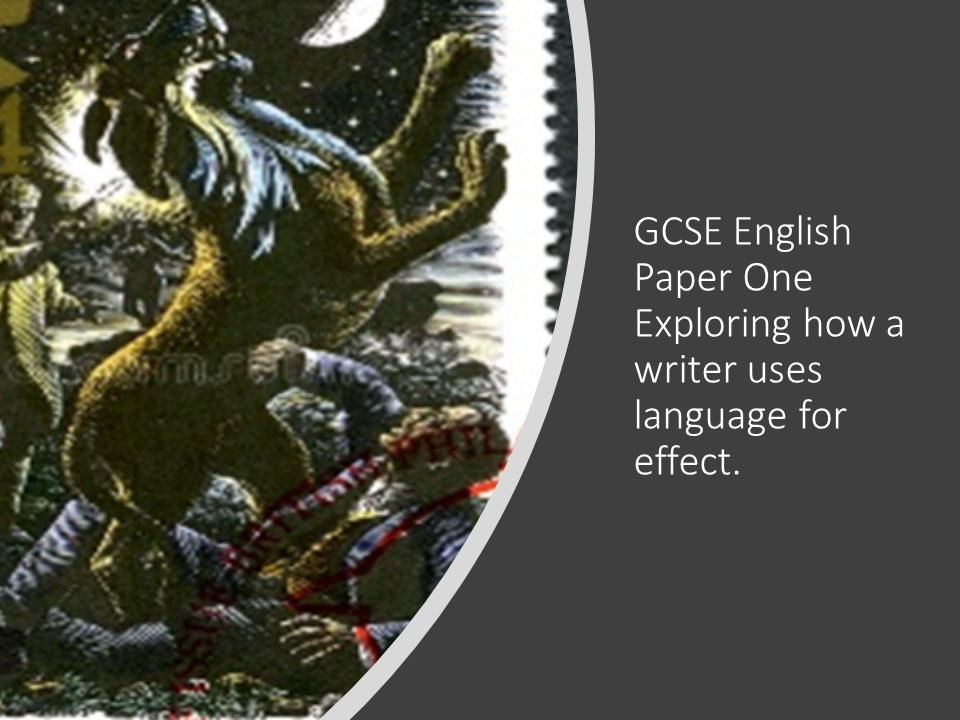Peter Slater's Shop: Finding a Path through the Trees
I'm an English teacher with many years' experience specialising mainly in GCSE English, although I teach at different levels. I am also an established GCSE English examiner in both Language and Literature. I consciously tailor my resources to meet the needs of those many pupils who can't yet quite get the hang of English analysis, but who are perfectly capable of gaining an excellent grade once understanding clicks.




















